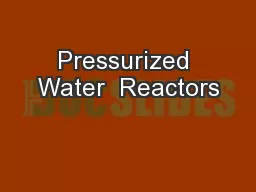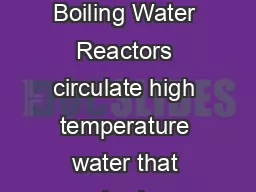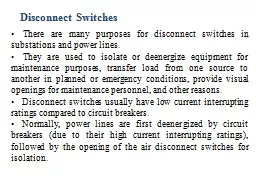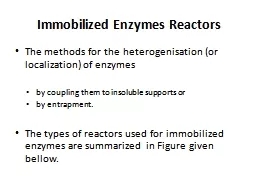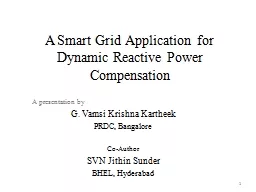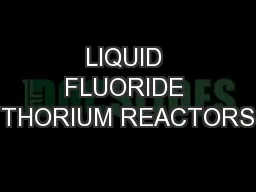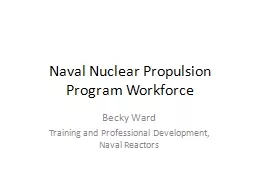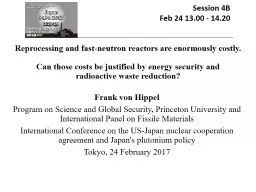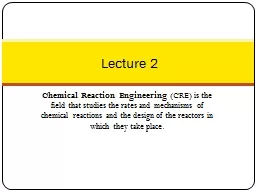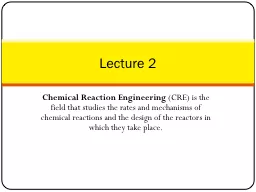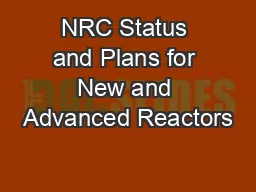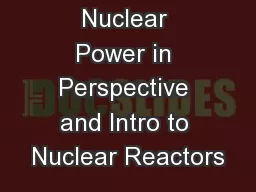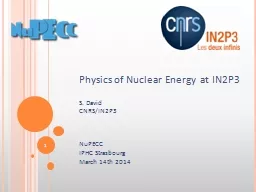PPT-Pressurized Water Reactors
Author : jane-oiler | Published Date : 2018-11-13
No boiling water kept at 158 atm BWR boiling water reactor Water does boil at 285 o C water is at 75 atm Illustrations and information from httpenwikipediaorgwikiPressurizedwaterreactor
Presentation Embed Code
Download Presentation
Download Presentation The PPT/PDF document "Pressurized Water Reactors" is the property of its rightful owner. Permission is granted to download and print the materials on this website for personal, non-commercial use only, and to display it on your personal computer provided you do not modify the materials and that you retain all copyright notices contained in the materials. By downloading content from our website, you accept the terms of this agreement.
Pressurized Water Reactors: Transcript
Download Rules Of Document
"Pressurized Water Reactors"The content belongs to its owner. You may download and print it for personal use, without modification, and keep all copyright notices. By downloading, you agree to these terms.
Related Documents

